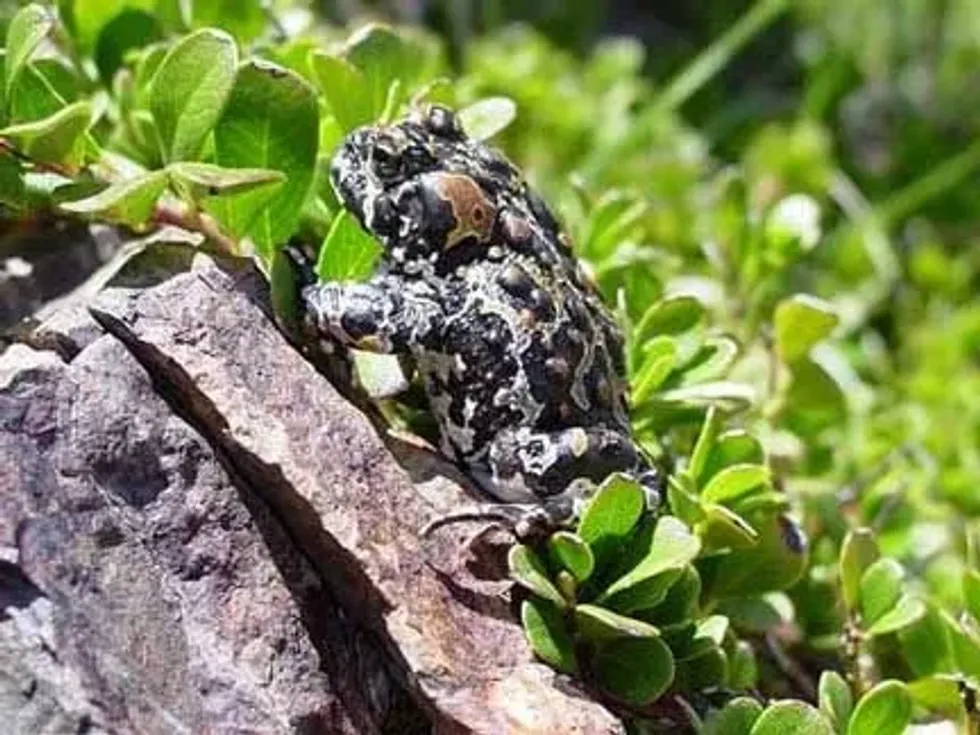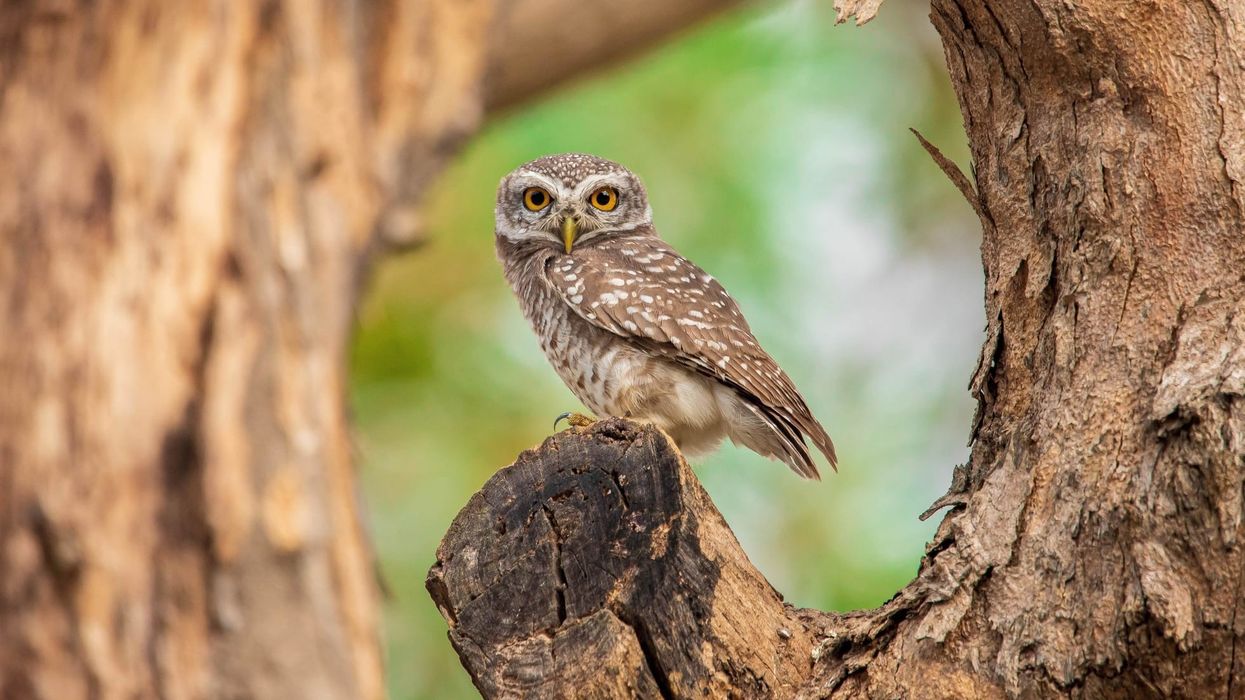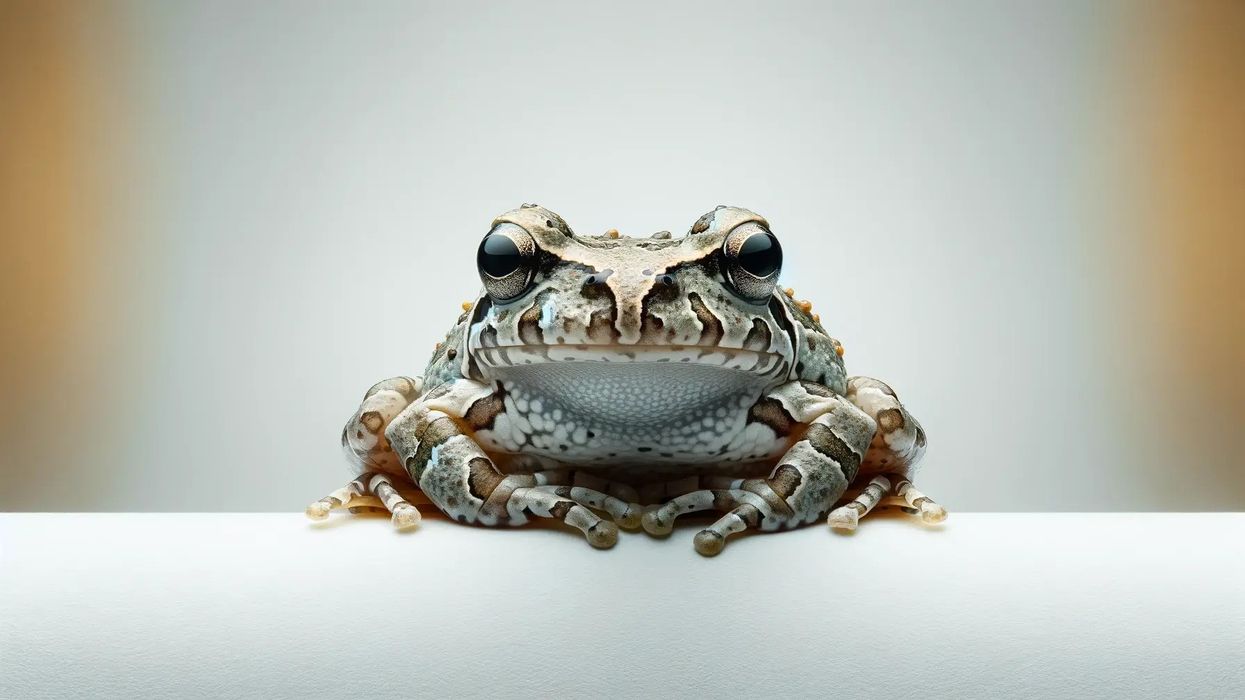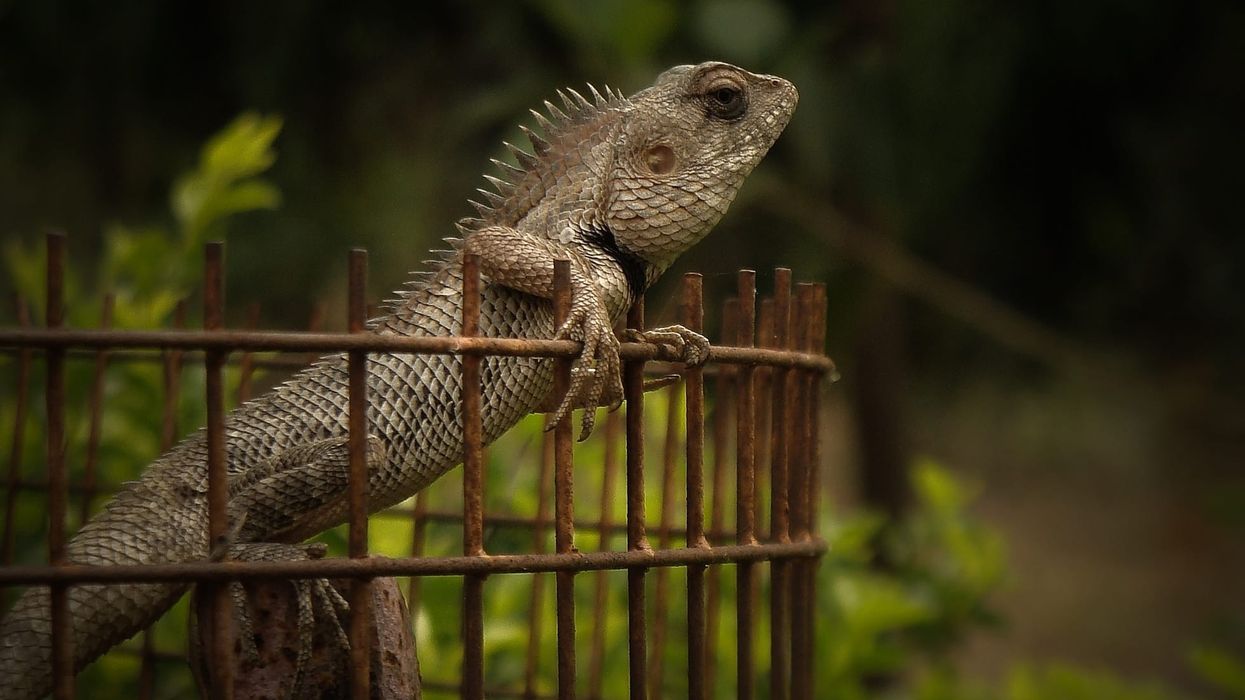Yosemite toads are a species of toads native to the Californian Sierra Nevada mountains. They are found solely in this habitat.
Alpine county and Fresno county are the only two counties in California to have Yosemite toads. These grassland amphibians like living near habitats such as wet mountain meadows and pine forest edges.
The tadpoles like swimming in melted ice pools and slow-moving streams. Yosemite toads like living in burrows in the soil or behind rocks and logs. They hibernate from September to May and then their breeding season kicks in.
Adult male toads form choruses around shallow pools of water and sing trilling and melodic songs that sound like the calls of a spring bird. Both males and females breed with many partners and are not known for exhibiting parental care.
Yosemite toad populations are rapidly declining due to drought exacerbated by climate change, vehicular accidents, and diseases. They have been declared an 'Endangered' species by the IUCN.
For more relatable content, check out these golden toad facts and American toad facts for kids.
Yosemite Toad Interesting Facts
What type of animal is a Yosemite toad?
The Yosemite toad (Anaxyrus canorus) is a true toad and a frog.
What class of animal does a Yosemite toad belong to?
Yosemite toad (A. canorus) belongs to the 'Amphibia' class of animals.
How many Yosemite toads are there in the world?
It is unclear exactly how many Yosemite toads there are in the world since their populations are rapidly and constantly declining.
Where does a Yosemite toad live?
Yosemite toads (Anaxyrus canorus or Bufo canorus) are endemic to a limited area in California's Sierra Nevada Mountains. They have never been known to exist outside of this habitat.
Yosemite toads exist from the Kaiser Pass near Darwin Canyon area's Evolution Lake to the Ebbets Pass to the Blue Lakes. The only two Californian counties to have Yosemite toad populations are Fresno county and Alpine county.
What is a Yosemite toad's habitat?
Yosemite toads (Anaxyrus canorus or Bufo canorus) prefer to inhabit lands in the Sierra Nevada mountains near water bodies in the pine forests and wet mountains meadows. When they are juveniles, the tadpoles are seen swimming in melted ice water pools.
The Yosemite toad tadpoles also swim in mountain streams that are slow-moving. Yosemite toads live at elevations of 6,398-11,319 ft (1,950-3,450 m). They are most likely to burrow into the soil in their grassland habitat or crawl under rocks or logs fallen to the ground.
They are also seen living in empty rodent holes at night. For hibernation and overwintering, Yosemite toads also use willow thickets.
Whom do Yosemite toads live with?
Yosemite toads are mostly solitary animals save for the breeding season. During the breeding season, adult male toads gather around shallow pools in their habitats and emit their melodious, trilling calls. Despite being alone mostly, Yosemite toads are not territorial at all.
How long does a Yosemite toad live?
Females of the Yosemite toad species live for 15 years at least. The males live for a shorter time than the female toads, for around 12 years.
How do they reproduce?
Yosemite toads reproduce by mating or spawning and laying eggs in slow-moving water streams or in shallow water pools. The fertilization is external. After coming out of their almost eight-month-long hibernation, the male toads leave their meadow habitat and look for water.
They're the first ones to arrive at breeding meadows. Males stay at the site for around two weeks and the female toads stay for a few days.
Both males and females take multiple partners. Males attract female mates with their melodious, trilling songs which sound like songs of spring birds. The 'canorus' in their scientific species name, Anaxyrus canorus comes from the Latin word for 'tuneful'.
The breeding season goes from May to mid-August. After the external fertilization, 1,500-2,000 eggs are laid by the female toads in clusters, single or double strands in shallow pools.
These eggs are then fertilized by males. The eggs hatch in under 11 days. It takes two months from hatching for the eggs to become adults.
The eggs develop if the temperature is under 87.8 °F (31 °C) and the larvae only survive under temperature less than 96.8 °F(36 °C). Males become reproductive at 3-5 years of age and females become reproductive at 4-6 years of age. Yosemite toads are known to hybridize with western toads in their northern range.
Also, adult toads do not show much parental care for tadpoles. After egg fertilization, both females and males look for new mates.
What is their conservation status?
The conservation status of the Yosemite toad species according to the International Union for Conservation of Nature is 'Endangered'.
Yosemite Toad Fun Facts
What do Yosemite toads look like?
Yosemite toads are considered to be moderate-sized amphibians. One of the most noticeable things about Yosemite toads is their obvious sexual dichromatism. Males and females look significantly different.
The males are much brighter than the females. The males of the Yosemite toad species are yellow-green to olive-green and they have dark flecks which are small.
The spots on the females are bigger and have white borders and copper backgrounds. The females are an overall brown or gray color. Yosemite toads have smooth skin and have large warts.
Younger tadpoles do not resemble the adults, maybe females a little. Juveniles also possess a mid-dorsal stripe that fades with age.
Black blotches on juveniles reticulate and expand if they are females, and disappear if they are males. Yosemite toads are obviously distinguishable from their three related species, the western, black, and Amargosa toads. Yosemite toads are also smaller than their relatives, possess parotid glands that are wider and they also lack vertebral stripes.

How cute are they?
Yosemite toads are not that cute. They have soft, dry, and smooth skin that is covered in warts. The warts are dark and big. Their brown, green, and yellow-colored bodies are not that endearing to look at. However, they are a small species of animals that are capable of producing bird-like trilling and melodic calls.
How do they communicate?
Yosemite toads communicate with each other via spring bird-like calls. The calls are by choruses of males gathered around the breeding site during the daytime in the breeding season.
The purpose of the breeding call is to attract females. The trilling calls of the Yosemite toad males are so melodious that they get mistaken for the calls of spring birds.
How big is a Yosemite toad?
The Yosemite toad is 1.8-3.3 in (4.6-8.4 cm) long when measured from snout to vent, which makes it 2-4 times smaller than the goliath frog. They are also similar in size to western toads, but slightly smaller.
How fast can a Yosemite toad jump?
Yosemite toads aren't really known for jumping. Unlike frogs which have long and powerful legs and webbed feet that allow them to jump far, toads have shorter and weaker legs and wider bodies. Toads are more likely to hop around or crawl and walk rather than jump.
How much does a Yosemite toad weigh?
A Yosemite toad weighs around 0.5-1 oz (14.2-28.3 g).
What are the male and female names of the species?
The male and female Yosemite toads do not have specific names.
What would you call a baby Yosemite toad?
A baby Yosemite toad would be called a 'tadpole'.
What do they eat?
The larvae of the Yosemite toad species eat plankton and detritus. The adults are largely insectivorous. Hymenopterans like bees, hornets, wasps, ants, and sawflies form a big part of their diet. Some other specific foods include centipedes, ladybird beetles, spiders, mosquitoes, tenebrionid beetles, weevils, and millipedes.
Yosemite toads themselves face predation from a variety of animals like mountain yellow-legged frogs, foothill yellow-legged frogs, dragonfly nymphs, robins, diving beetles, garter snakes, Brewer's blackbirds, Clark's nutcracker, California gulls, and Common Ravens.
Are they poisonous?
Yes, Yosemite toads are poisonous amphibians. They have a white poison in their enlarged parotid glands present at the sides of their necks.
This poison is able to cause nausea, irregular heartbeat, and mouth inflammation in potential predators. This mucous-like poison is also dangerous to humans if it gets into the eyes or mouth, causing death in extreme cases. If it comes in contact with the skin, it causes irritation and inflammation.
Would they make a good pet?
No, they most certainly would not make good pets. They are an endangered species of animals whose populations are under rapid decline due to drought which is exacerbated by climate change and also due to diseases in the toads. Significant efforts should be undertaken immediately if the Yosemite toad species is to be saved in their California habitat.
Did you know...
Yosemite toads feed by ambushing their prey. They open up their mandibles after lunging suddenly, and their sticky tongue unfolds and shocks the prey by flipping downward, and eventually, animals are pulled into the mouths of the toads.
Yosemite toad belongs to the Boreas group, which includes the western toad, the Amargosa toad, the black toad apart from itself.
Why are Yosemite toads endangered?
Yosemite toads have been classified as 'Endangered' by the IUCN Red List, 'Threatened' under the US Fish & Wildlife Service, and by the California Department of Fish & Wildlife as 'California species of Special Concern'. This is because of the rapidly declining Yosemite toad population in their Sierra Nevada habitat.
The main reasons for them becoming an endangered species are drought, exacerbated by climate change as well as diseases like chytridiomycosis caused by the chytrid fungus. Another significant reason for the decline may be traffic kills by vehicles. There are various efforts being undertaken at the American zoological institutions to repopulate them to the native Yosemite toad habitat.
There may also be a decline in the water quality of the Yosemite toad habitat lands due to livestock grazing.
Why is the Yosemite toad important?
In the Sierra Nevada ecosystem in the mountains in Fresno county and Alpine county, the endangered species of Yosemite toads are a small food source for predators like snakes and birds. A lot of other predators also depend on Yosemite toads as a secondary food source.
Also, Yosemite toads are known for burrowing into the soil which contributes to the soil's aeration.
Here at Kidadl, we have carefully created lots of interesting family-friendly animal facts for everyone to discover! For more relatable content, check out these granular poison frog interesting facts and leopard frog surprising facts pages.
You can even occupy yourself at home by coloring in one of our free printable Amazon milk frog coloring pages.









